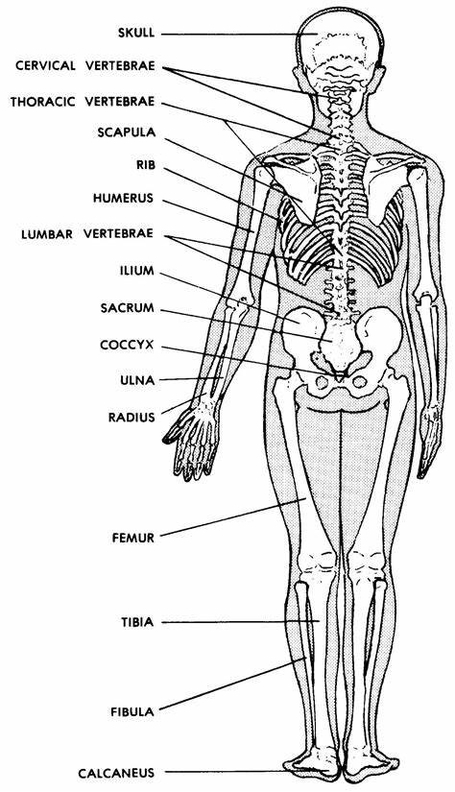The Human Digestive System
The human digestive system is a complex network of organs that work together to break down food, absorb nutrients, and eliminate waste. It consists of the gastrointestinal (GI) tract and the biliary system.
Gastrointestinal (GI) Tract
The GI tract is a series of hollow organs connected to each other, leading from the mouth to the anus. It includes:
1. Mouth: Digestion begins in the mouth. The salivary glands produce saliva, which mixes with the food to start breaking it down into a form the body can absorb and use.
2. Esophagus: The esophagus is a muscular tube that connects the mouth to the stomach. It uses rhythmic muscle movements (called peristalsis) to force food from the throat into the stomach.
3. Stomach: The stomach secretes acid and enzymes that digest food. The stomach muscles contract periodically, churning food to enhance digestion.
4. Small Intestine: The small intestine is where most of the digestion and absorption of nutrients occur. It is divided into three parts: the duodenum, the jejunum, and the ileum.
5. Large Intestine: The large intestine absorbs water and electrolytes, forming feces. It includes the cecum, ascending colon, transverse colon, descending colon, and sigmoid colon.
6. Anus: The rectum stores feces until they can be eliminated from the body through the anus.
Biliary System
The biliary system includes the liver, gallbladder, pancreas, and bile ducts. These organs produce and secrete bile and enzymes that aid in digestion.
Digestive Process
The digestive process involves the breakdown of food into smaller components until they can be absorbed and assimilated into the body. The body uses these nutrients for energy, growth, and cell repair.
Importance of Digestion
Digestion is crucial because the body needs nutrients from food and liquids to stay healthy and function properly. These nutrients include carbohydrates, proteins, fats, vitamins, minerals, and water.
Digestive Health Conditions


